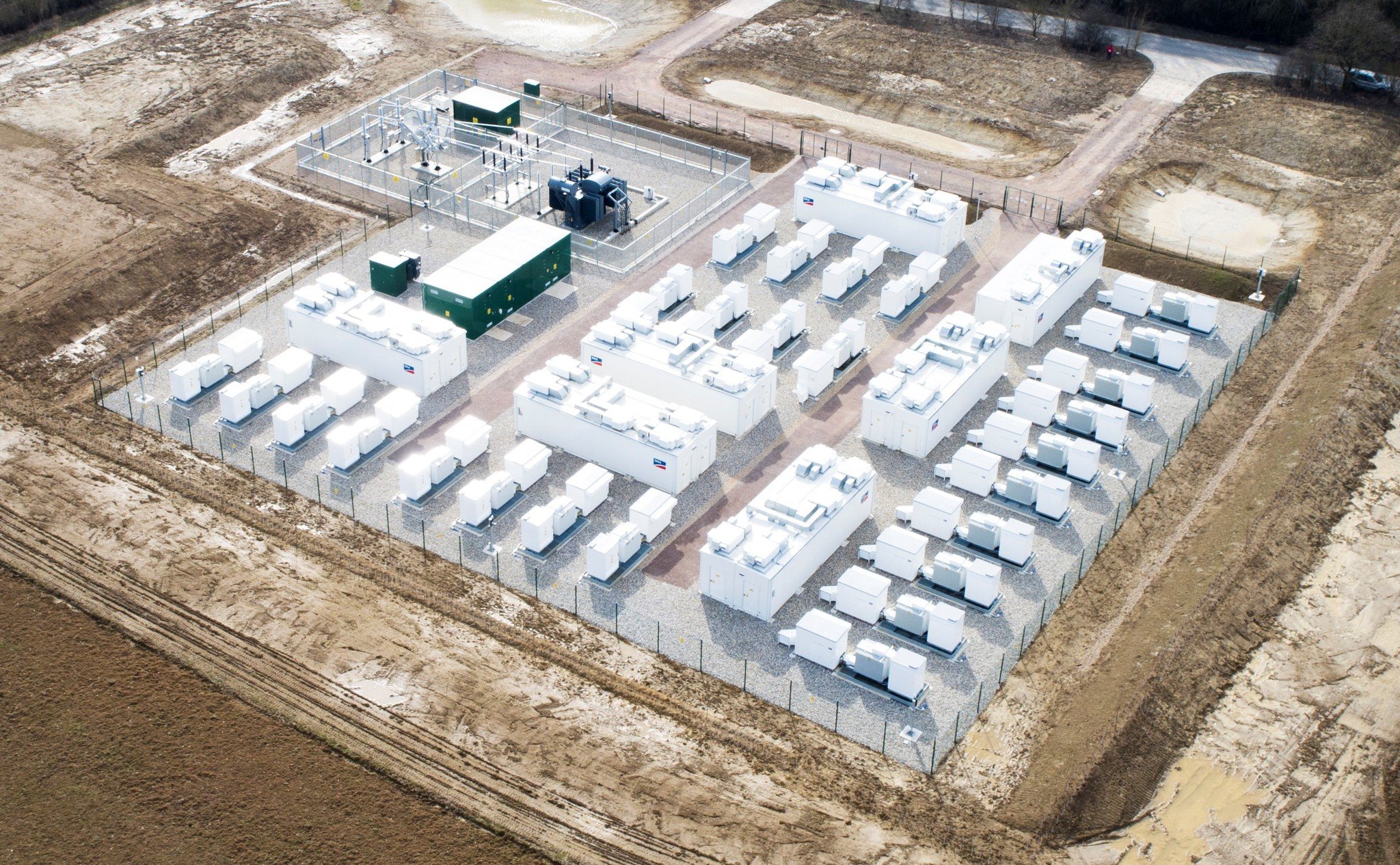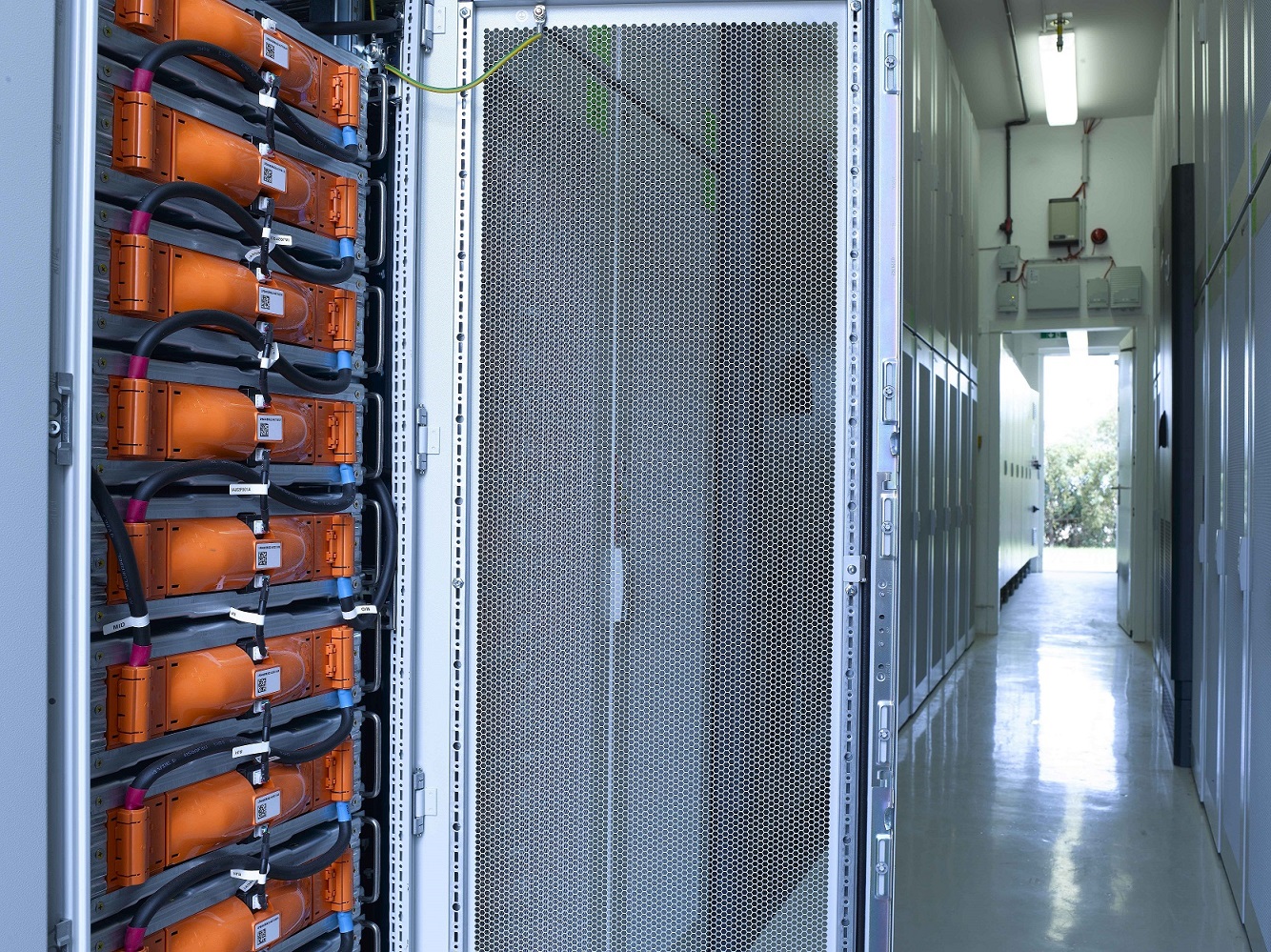Clean energy news coverage often focuses on the successes and big strides taken forward by the industry in ‘record-breaking terms’: “world’s biggest battery,” “first hybrid to combine storage with x” and so on. Reporting in these terms is obviously an attention-getter, but in any relatively young industry such as ours, boundaries are there to be broken, so perhaps sometimes these developments in themselves are not as telling as might appear.
After reporting last week on the findings from EMMES, the European Market Monitor on Energy Storage from Delta-ee and trade association EASE, which demonstrated a big rise in installations by MWh in 2017 across the continent, we delved further behind another record-breaking year with the report’s lead author, Valts Grintals of Delta-ee. Today, we’re looking at the front-of-meter, grid-connected segment, with C&I and residential energy storage to follow later this week on Energy-Storage.news.
Enjoy 12 months of exclusive analysis
- Regular insight and analysis of the industry’s biggest developments
- In-depth interviews with the industry’s leading figures
- Annual digital subscription to the PV Tech Power journal
- Discounts on Solar Media’s portfolio of events, in-person and virtual
Or continue reading this article for free
What are some of the key takeaways from the latest edition of EMMES?
If you look at the end of 2017 and compare it to the annual market for 2016, the annual market size has grown 50%. The 2016 overall market was around 400MWh and in 2017 it was close to 600MWh.
That’s in line with market expectations actually. However, the big difference is that while the overall growth rate was in line with expectations, there were differences in details. So while the FTM (front-of-the-meter) market underperformed, the residential market was bigger than expected, in large part due to the German market significantly exceeding expectations and the Italian market coming out with a good number of installations. In 2017, there were about 8,000 systems installed in Italy and 37,000 in Germany. That’s against an expectation of around half of that in Italy and about 31,000 systems in Germany if you look at the average scenarios.
In addition the C&I (commercial & industrial) space has finally taken off and if we look further beyond 2017, in 2018 and 2019 we see markets growing somewhere between 45% and that’s mainly because the C&I market is beginning to take off and there’s a significant pipeline of projects in the UK and Germany which are of significant sizes.

So, breaking the market down into the segments you looked at, namely front-of-meter utility-scale storage, C&I energy storage and residential, what are your observations of trends and are there distinct lessons to be earned from each? Let's start with front-of-meter.
FTM [total deployment] was basically lower than expected, mainly because in the UK market, there were a few EFR (enhanced frequency response) projects that were planned or in the pipeline to be commissioned by the end of 2017, but a lot of projects have been pushed to early 2018.
If you would assume that those installations came in 2017 we would have an extra 90MWh, so the growth rate would be even bigger. But the commissioning dates have been pushed into 2018. Nonetheless, even if there are delays, FTM projects are still coming online which is good.
FTM tends to fluctuate, just like the values they tend to tap into – so frequency response gets saturated, it starts going down, then if you look at all of Europe there might be a bigger uptake – Italy or Spain goes through the process of putting together their framework for ancillary services which usually tends to include frequency response and looking at markets like Australia, UK, Germany, the number of batteries, installing significant numbers of lithium batteries usually follows schemes and we’ll see more information on those schemes.
So 2017 was relatively small, 2018 will be bigger. There’s a few projects in the pipeline for Germany, Italy and the UK. I would expect ancillary services schemes to be defined by the network operator in Italy [soon] which would drive the pipeline there. The UK is kind of settled down. All of that adds up to a fluctuating market while behind-the-meter (BTM) installations are more on a steady increase, when looking at the annual market.

We’ve heard from early moving markets such as the US’ PJM Interconnection service area that FTM opportunities can become ‘saturated’, while market frameworks are defined from the top down by grid operators and regulators. Is that the case in Europe too and is it therefore unsurprising that it is defined as a ‘narrow’ opportunity in that regard?
Yes, it’s a more complicated market to analyse [than C&I and residential] even though there’s more transparency. It’s quite hard to predict how different schemes will be put together. So even though Poland and Italy have approved Capacity Markets (CM), it’s hard to know how the network operator will define it. It's the same for ancillary services. Those markets could be easy for BTM storage to tap into which creates an interesting dynamic, as aggregated BTM assets could start taking that share.
The base case tends to be that the scheme initially favours larger FTM batteries, or it could be a framework that batteries are not considered at all. That’s the big unknown and it’s hard to predict and you have to look at other markets in the past. Currently, that means the UK and Germany and how network services have been procured there.
Among what could be called those ‘known unknowns’ of future market design, we’ve seen in Australia and the US that wholesale markets and other mechanisms are being redesigned to incorporate energy storage. Does that imply the value of FTM energy storage is now being looked at differently in Europe as well?
Australia is a faster moving market for energy storage [than most] despite starting late. It’s moving from frequency response to the wholesale market and the five minute settlement. That won’t happen in Europe in the foreseeable future but if you look at the technologies it favours, batteries are in a great position to capture value from that.
If you look at the UK or Germany, most of the projects coming in in the last six months have moved from one value stream to being a bit more open to whatever the value is that they are providing. Most of the projects are now frequency response and CM and a lot of new projects being considered are alongside gas peaker plants or renewables.
The value is moving from one side to another: focusing [initially] on ancillary services, then when it’s oversaturated, figuring out what else you can do. There’s a lot you can do if you co-locate batteries with PV and wind, there’s a lot of potential to get value from. It’s about being flexible enough to adjust to a market that changes quickly.
